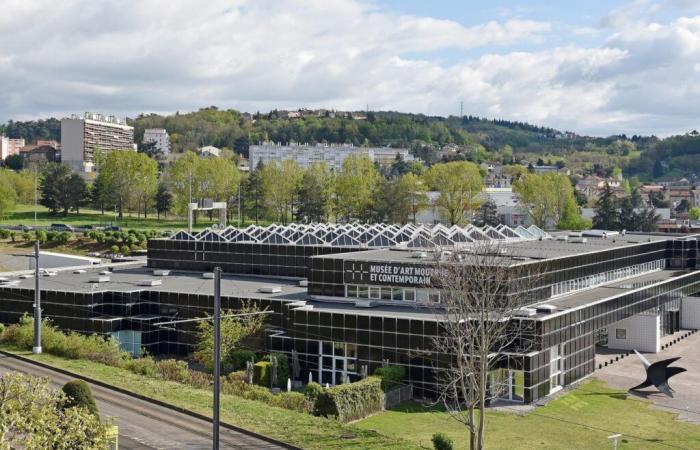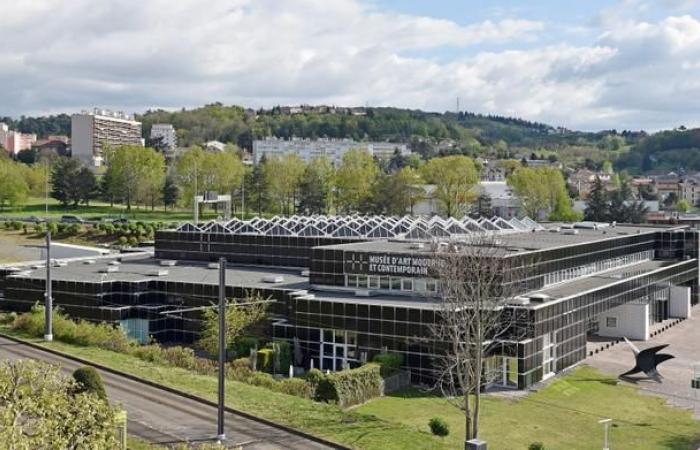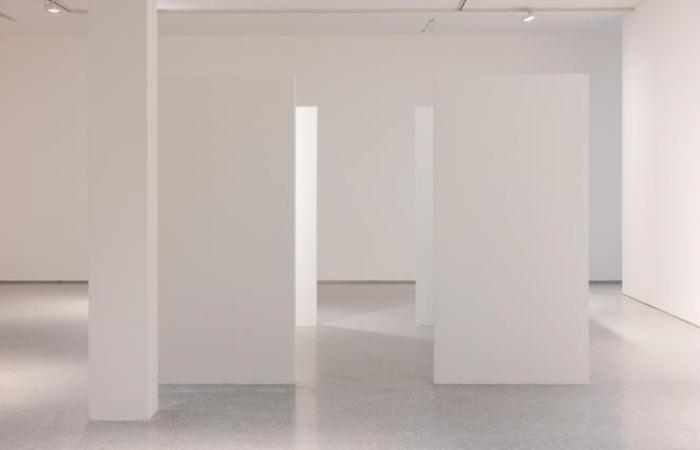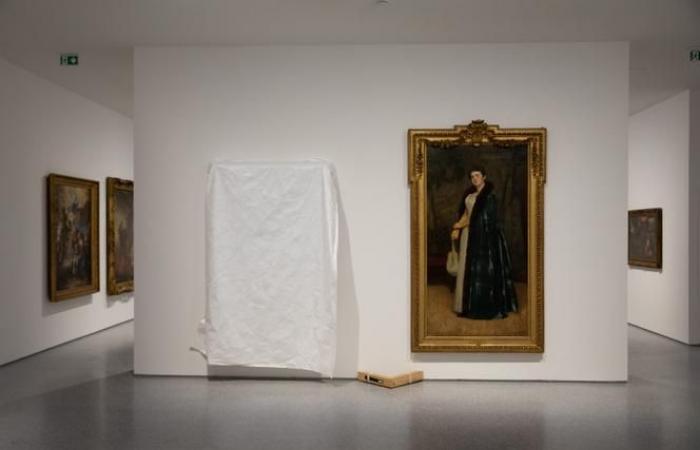It reappeared after being swallowed by time under temporary partitions: Zero spacean immense surface of white tiles, enhanced with black joints, signed by Jean-Pierre Raynaud, once again welcomes visitors to the MAMC+ in Saint-Etienne Métropole after nineteen months of work. The immaculate bas-relief, the antechamber of diving into the collections, thus returns to its original place in the hall of this Museum of Modern and Contemporary Art opened in 1987 and signed Didier Guichard, with which the grid of large black ceramic plates of the facade offers a perfect contrast.
Read the story (in 1998): Article reserved for our subscribers The Saint-Etienne Museum of Modern Art, review of a decade
Read later
The work, the first from top to bottom in almost forty years, has given the interior of the building a shine that goes hand in hand with a more ecological approach: no more fragile resin floors, which were constantly retouched and which contained asbestos; long live the elegant, more durable terrazzo, the design of technical rails hiding all the networks and the installation of less energy-consuming air conditioning. With, in passing, an unblocking of the overhead windows and the return of natural light.
Emanating from a Museum of Art and Industry in the city that had become too small, the MAMC+ had recovered, at its creation, a fine arts collection from the 16the in the 19th centurye century, and continued the modern collection initiated within it, with an ambitious international policy of acquisition of contemporary works led by Bernard Ceysson, who took the direction of the Museum of Art and Industry in 1967, and led the project of the new museum.
Monumental formats
In 1987, some 2,300 works moved to the new entity; today, the collections number 23,000 works. With this exponential growth, it is the turn of the MAMC+ to be cramped in its 3,000 square meters of exhibition, but also in its reserves, spread over three sites: the rear of the museum, which brings together the 3 000 paintings from the collection; a site in the city center, and another 10 kilometers away, where the rest of the rich collection of photographs, sculptures and installations, as well as design objects, are distributed.
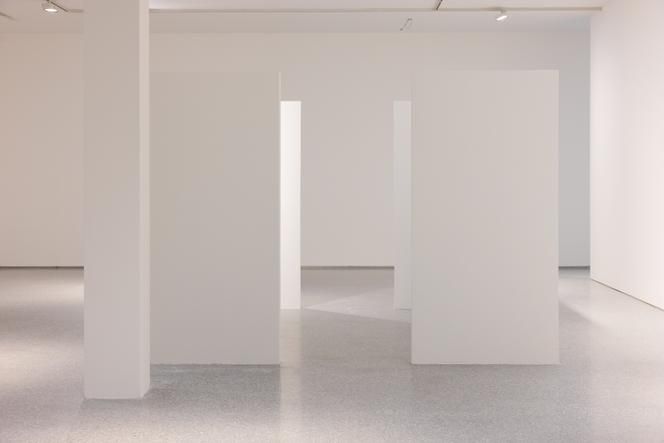

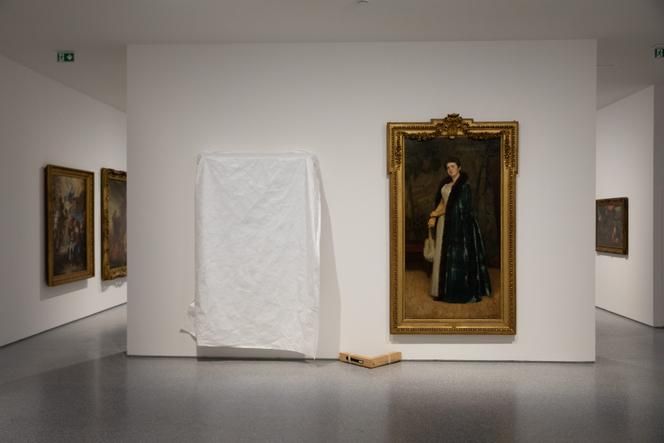

At a time when the change of air conditioning in the building must also be carried out in the reserve, which had to be emptied, the director of the museum, Aurélie Voltz, has chosen to make a constraint a bias: the collections are at the honor through two exciting journeys, “Hors format” and “Brand New! “. The first displays a selection of nearly 70 large-scale masterpieces from the museum, as well as its most fragile and ancient pieces, part of which is stored in a new work restoration space within the hanging, which allows visitors to see behind the scenes of the museum.
You have 49.83% of this article left to read. The rest is reserved for subscribers.

